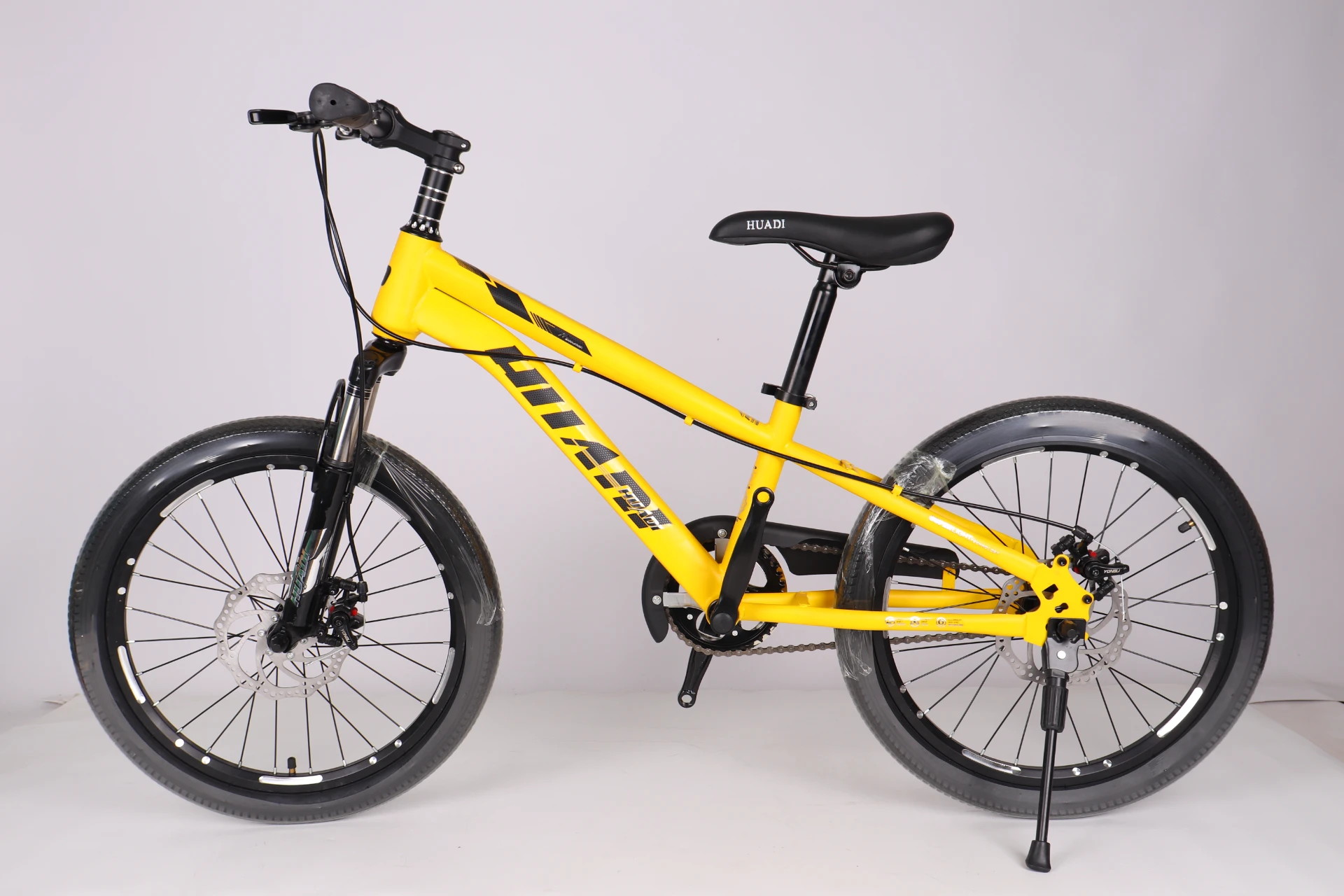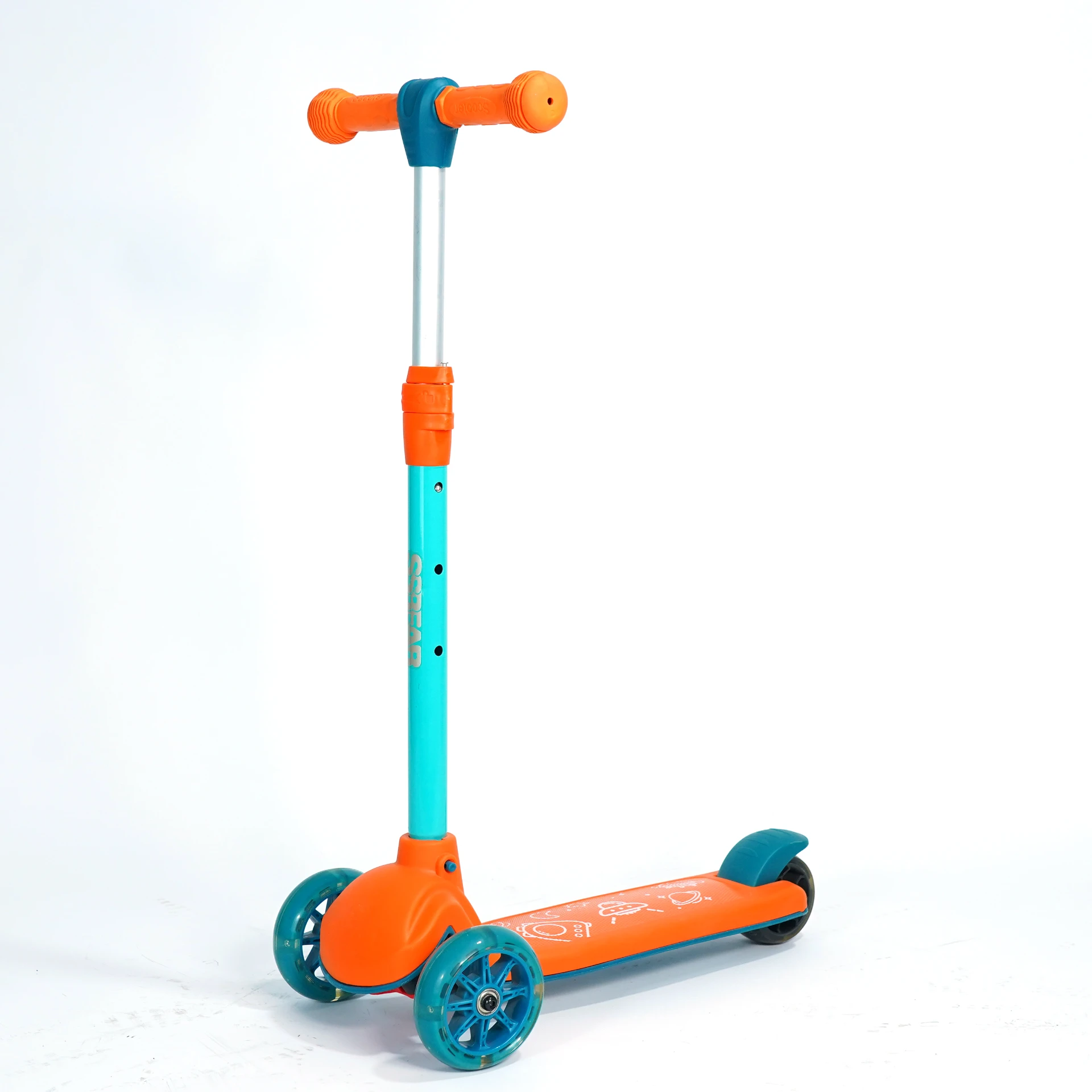Comprehensive Guide to the Different Types of Mountain Bikes | Zhongzhou Bike
Understanding the Different Types of Mountain Bikes and Why They Matter
If you've ever found yourself scrolling endlessly through bike catalogs or YouTube reviews wondering which mountain bike truly suits your off-road adventures, you're not alone. The different types of mountain bikes can seem overwhelming at first glance. Yet, grasping what sets each one apart isn’t just a curiosity — it's the key to matching your ride to your terrain, riding style, and even your long-term investment in outdoor adventure.
Globally, mountain biking is more than a sport or leisurely pastime. According to the Outdoor Industry Association, the mountain bike segment has been growing steadily, contributing billions to both local economies and outdoor tourism worldwide. Knowing the nuances behind mountain bike types also supports sustainability efforts, promotes healthier lifestyles, and backs industries that empower remote communities through design innovations.
The Global Context: Why Mountain Bike Varieties Are More Relevant Than Ever
By 2023, bicycle manufacturing was one of the fastest-growing sectors in global sporting goods, spurred by a post-pandemic surge in active lifestyles. The International Trade Centre’s data highlights that mountain bikes now represent roughly 40% of all new bicycle sales worldwide.
But here’s the rub: not all mountain bikes are built the same, and global terrain diversity demands specialized designs. From the rocky trails in Colorado to the muddy rainforests of Borneo, choosing the right type — whether it's a hardtail, full suspension, downhill, or cross-country bike — addresses challenges in safety, comfort, and environmental adaptability. Manufacturers and riders alike have recognized that one size doesn't fit all, which pushes innovation and specialization forward.
What Exactly Are the Different Types of Mountain Bikes?
Simply put, mountain bikes are bicycles designed to handle rough off-road terrain with varying degrees of suspension, tire tread, frame geometry, and gearing. The main types typically include:
- Cross-Country (XC) Bikes: Lightweight, efficient, and built for speed on moderate terrain.
- Trail Bikes: Versatile models balancing climbing and descending capabilities.
- All-Mountain / Enduro Bikes: Rugged bikes engineered for aggressive descending with enough climb efficiency.
- Downhill Bikes: Built like tanks to tackle steep, technical descents with massive suspension travel.
- Fat Bikes: Equipped with oversized tires for sand, snow, and ultra-soft terrain.
Each category links directly to an underlying set of industry needs — whether for recreational sports, competitive racing, or practical transport in rural regions. Oddly enough, some humanitarian projects even deploy rugged mountain bikes adapted for post-disaster terrains to facilitate mobility where motor vehicles falter.
Mini Takeaway:
Understanding mountain bike types opens doors to smarter purchases and safer rides. Plus, it reflects how design meets diverse rider and environmental needs globally.
Core Features That Define Mountain Bike Types
1. Suspension
Whether a bike has front suspension only (hardtail) or both front and rear (full suspension) radically changes ride feel and terrain handling. Full suspension offers better control and comfort over rough terrain but usually adds weight and price.
2. Frame Geometry
The angles and lengths of tubes dictate whether a bike climbs nimbly or descends stably. Downhill bikes have slack, low frames for aggressive handling, while cross-country bikes adopt a more upright and tight build for pedaling efficiency.
3. Tires
Think width, tread pattern, and casing. Fat bikes carry tires 3.7" or wider for traction on soft surfaces, while XC bikes prefer narrower, faster-rolling tires.
4. Brakes and Drivetrain
Hydraulic disc brakes have become standard for controlling speed in all conditions. Gearing ranges vary too — some bikes favor simpler setups for weight savings, others wide-range cassettes for versatility.
5. Materials and Weight
From aluminum alloys to carbon fiber composites, frame material affects cost, durability, and ride feel. Lightweight models appeal to racers; sturdier frames suit rugged trail use.
6. Cost Efficiency and Maintenance
More complex suspension and advanced materials translate to increased maintenance demands and upfront costs — factors that buyers globally weigh differently depending on local availability of service and parts.
Mini Takeaway:
These components intertwine to create distinct mountain bike personalities. Far from gadgetry, each element serves a real-world purpose — which loops back to your own ride goals.
Global Applications of Different Mountain Bike Types
While most imagine mountain bikes slicing down forested trails, their utility spans far beyond recreation. In Nepal and Bhutan, rugged mountain bikes adapted for high altitudes offer crucial transport options for healthcare workers reaching isolated villages. UN agencies and NGOs use customized fat bikes to deliver supplies in arctic and desert environments where traditional vehicles struggle.
In industrial sectors such as mining and forestry, workers use specialized trail bikes to navigate rough sites, improving efficiency and safety. Meanwhile, urban areas, from Portland to Berlin, see an uptick in electric mountain bike usage to tackle varied terrain on and off the pavement, balancing exercise with practical commuting.
| Mountain Bike Type | Primary Use | Terrain Suitability | Example Regions |
|---|---|---|---|
| Cross-Country (XC) | Racing, trail riding | Less technical, rolling hills | North America, Europe |
| Downhill | Aggressive downhill racing | Steep and technical trails | Alps, Rockies, Japan |
| Fat Bikes | Snow, sand riding | Soft, loose terrain | Scandinavia, Arctic regions |
Advantages and Long-Term Value of Choosing the Right Mountain Bike
Investing time and knowledge into selecting a mountain bike that fits your style is more than just about fun (though that’s plenty important!). Practical benefits include:
- Safety: Bikes designed for specific terrains reduce accident risk.
- Sustainability: High-quality, durable bikes reduce waste from frequent replacements.
- Fitness & Well-being: Tailored bikes encourage longer rides, improving cardiovascular health.
- Social Impact: Bikes empower communities by providing reliable transport alternatives.
Plus, there’s a certain trust and pride you gain from riding a bike made for your terrain. Mentally, it encourages you to push boundaries and explore more.
What’s Next? Future Trends Shaping Mountain Bike Types
Fast-forward a few years, and you’ll see electric-assist mountain bikes (e-MTBs) booming, merging power and technique. Innovations in battery tech promise lighter setups and longer rides. Frame materials are trending towards recycled carbon and high-strength alloys, marrying eco-friendliness with durability.
Digital transformation arrives via smart components: GPS trackers, integrated suspension adjustment apps, and real-time terrain analysis sensors. All this is pushing mountain bikes beyond recreation, transforming them into multifaceted mobility devices for urban and rural environments alike.
Challenges in Mountain Bike Selection and How They're Being Tackled
Choosing the right mountain bike can be tricky — overlapping categories confuse buyers, prices sometimes baffle, and maintenance knowledge gaps tighten barriers.
Experts suggest personalized fitting systems and augmented reality apps that visually simulate terrains to ease decisions. Additionally, modular bike designs allow upgrading individual parts over time, making bikes more affordable and adaptable.
FAQ: Your Key Questions About the Different Types of Mountain Bikes
1. What is the main difference between hardtail and full suspension mountain bikes?
Hardtail bikes have only a front suspension fork, making them lighter and easier to maintain, ideal for smooth to moderately rough trails. Full suspension bikes include both front and rear shocks, providing more comfort and control on rough, technical terrain but at a higher cost and weight.
2. Are fat bikes only for snow and sand?
Primarily yes, fat bikes excel on soft surfaces like snow, sand, and mud due to their wide tires. However, some riders enjoy them year-round for their unique handling and stability, even on rougher terrains.
3. Can I use a downhill bike for cross-country riding?
While possible, downhill bikes are heavy and less efficient uphill. For cross-country, a lighter bike with less suspension is recommended for better climbing and pedaling efficiency.
4. How do electric mountain bikes affect traditional riding experiences?
e-MTBs provide pedal assistance that helps riders tackle longer distances and steeper climbs with less fatigue. This expands accessibility but may change trail dynamics and rider expectations.
5. What should I consider regarding bike maintenance for different mountain bike types?
Full suspension and e-MTBs usually require more frequent and specialized maintenance compared to hardtails. Knowing your usage and having access to professional servicing is key to long-term enjoyment.
Conclusion
Sorting through the different types of mountain bikes is an investment that pays off in safety, enjoyment, and value. Whether you aim to conquer rugged mountain passes, cruise alpine trails, or empower mobility in remote regions, understanding these bikes equips you to ride smarter and explore further.
If you’re ready to dive deeper into the world of mountain biking and find the perfect match, visit our website for detailed guides, reviews, and buying advice: the different types of mountain bikes.
| Vendor | Price Range | Specialization | Warranty |
|---|---|---|---|
| Zhongzhou Bikes | $800 - $3500 | Trail, Enduro, Fat Bikes | 5 years frame, 2 years components |
| Summit Gear | $1200 - $4000 | Downhill, Electric Bikes | 3 years frame, 1 year components |
| TerraCycle | $600 - $2500 | Cross-Country, Hardtail | Limited lifetime frame |
Product Specification Example: Zhongzhou Trail Bike 2024
| Specification | Details |
|---|---|
| Frame | 6061 Aluminum, Hydroformed |
| Suspension | Full suspension with 140mm travel, RockShox |
| Drivetrain | Shimano XT 12-speed |
| Brakes | Hydraulic Disc, 180mm rotors |
| Tires | 29" x 2.4" Maxxis Minion DHF/DHR |
| Weight | Approx. 13.5 kg |
Final Thoughts:
Frankly, the mountain bike market’s evolution mirrors a growing appreciation for tailored outdoor experiences and mindful gear investments. The breadth of options can daunt, but with a little exploration, knowledge becomes your best gear. So gather your questions and ready your pedals — a great ride awaits.
References
-
Baby Balance Bike OEM Service – Kids No-Pedal, LightweightNewsNov.10,2025
-
OEM Kids Bike Children Bicycle – Cheap Wholesale BicyclesNewsNov.10,2025
-
Kids Bike New Model 12–18 inch Boys & Girls Bike, AdjustableNewsNov.10,2025
-
China Cheap Price Safe Kids Bike for 10yo w/ Training WheelsNewsNov.10,2025
-
China CE-Certified Kids Balance Bike, Guaranteed QualityNewsNov.10,2025
-
Colorful Outdoor Flashing Carton Children Scooter for KidsNewsNov.10,2025
-
Best Price Kids Balance Bike – Superior Quality, No PedalsNewsNov.10,2025








